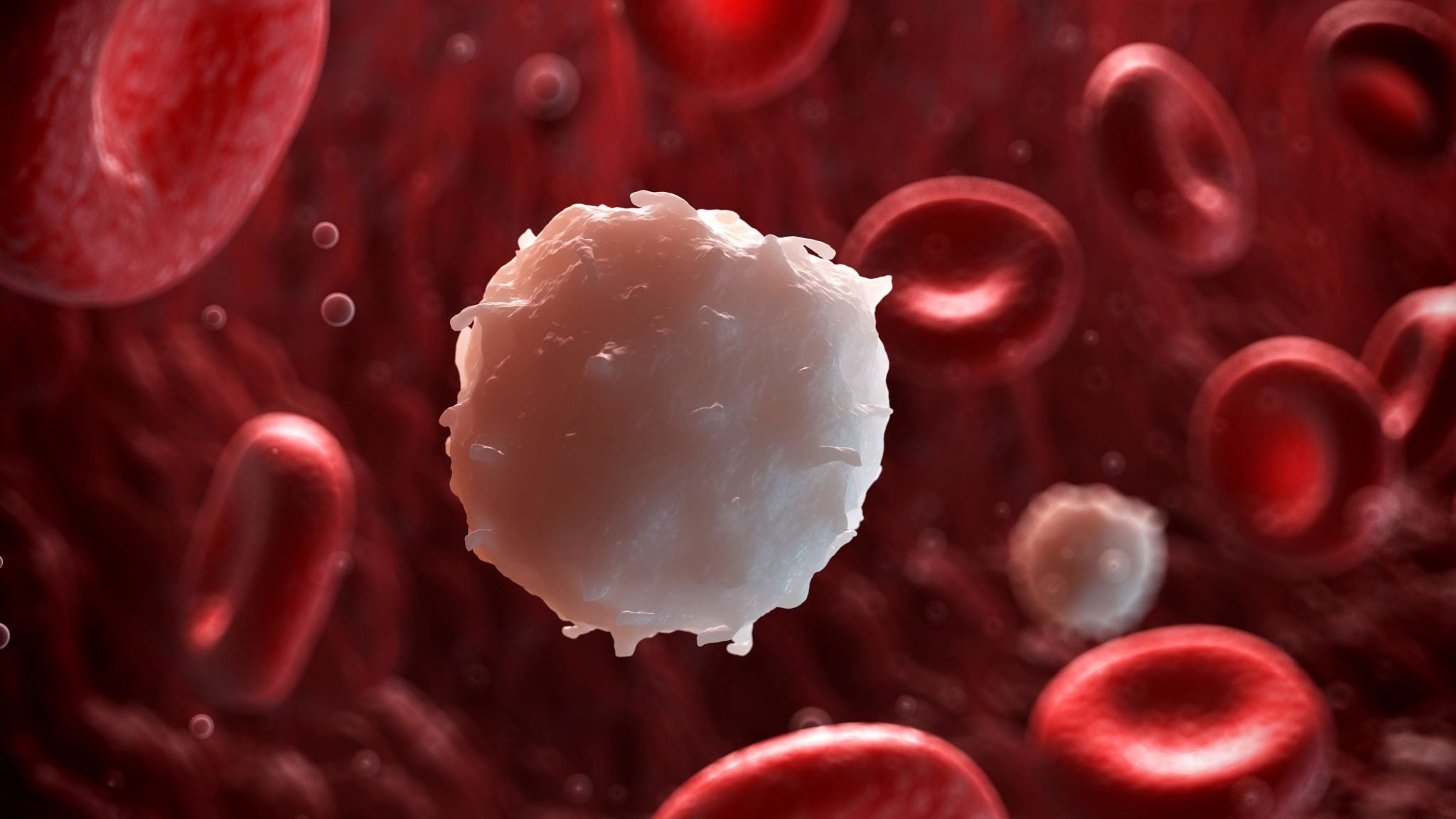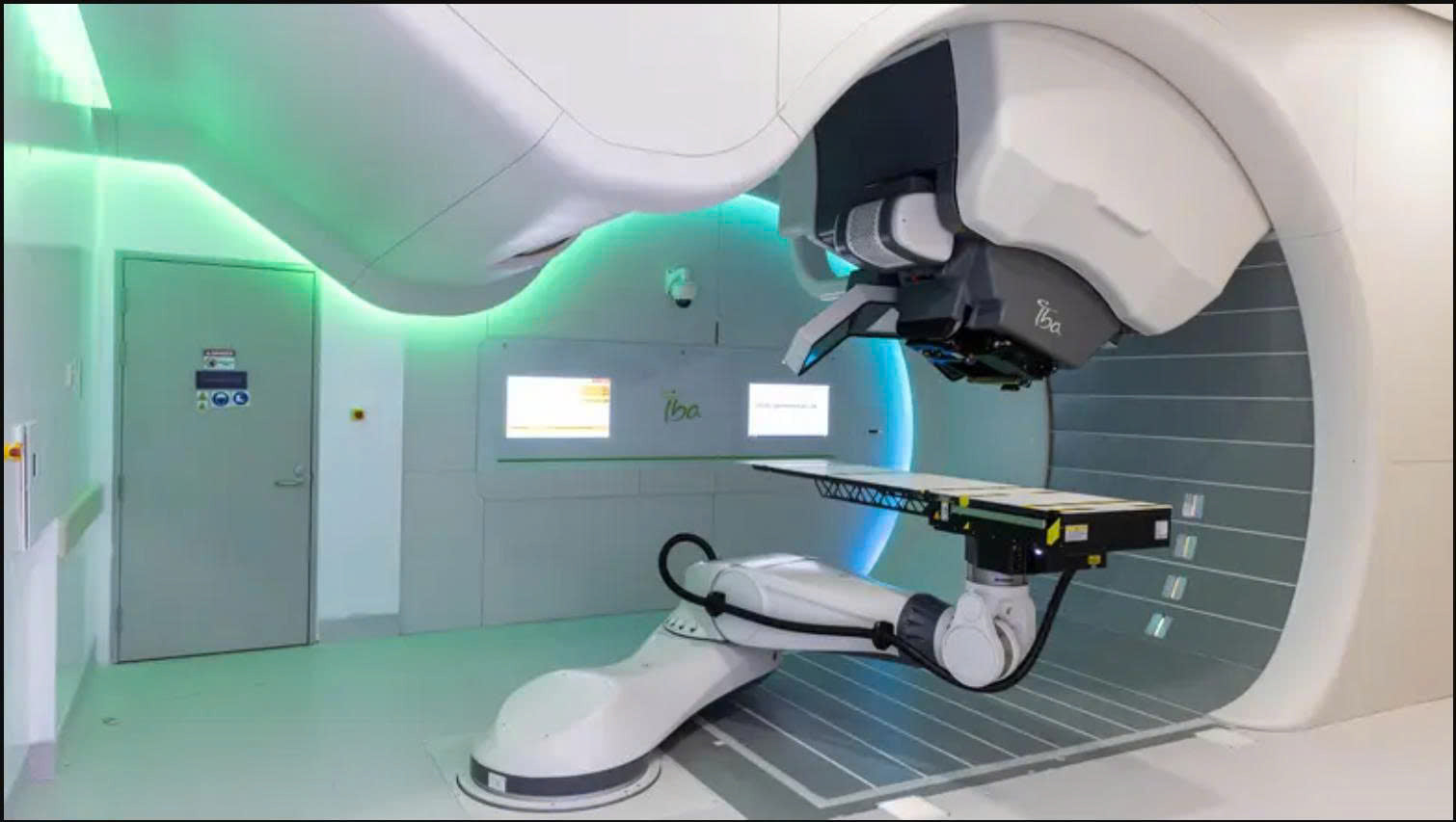Leukemia (Blood cancer)

What is leukemia (blood cancer)?
Leukemia, also known as leukemia, is a type of blood cancer that occurs when abnormalities cause the bone marrow to produce too many immature white blood cells (leukemia cells), which clog the bone marrow and prevent it from producing healthy blood cells needed to balance the immune system.
White blood cells are part of the immune system that fights infection and are produced in a controlled manner in healthy people.
What are the types of leukemia?
There are currently five recognized types of leukemia as follows:
- Acute myeloid leukemia – found in both children and adults and is the most common type of acute leukemia in adults
- Acute lymphoblastic leukemia – the most common type in children
- Chronic myeloid leukemia – occurs mainly in adults and may have few or no symptoms for months or even years
- Chronic lymphocytic leukemia – the most common type of chronic leukemia in adults
- Dendritic cell leukemia and large granular lymphocytic leukemia – a rarer type of leukemia
What are the symptoms of leukemia?
Depending on the type of leukemia you have, early signs and symptoms can vary. However, similar symptoms are present in many other diseases, so they can be easily overlooked or confused.
Common symptoms of leukemia include:
- Easy bleeding or bruising or small red spots on the skin
- Bone pain or tenderness
- Fever or chills
- Frequent infections
- Loss of appetite or weight loss
- Constantly feeling tired or weak
- Shortness of breath or excessive sweating, especially at night
- swollen lymph nodes, enlarged liver or spleen
What causes leukemia?
The exact cause of leukemia is still unknown. It is often attributed to mutations (changes) in the DNA of blood cells, causing them to not function properly.
Some risk factors may be:
- Family history of leukemia
- Genetic diseases, such as Down syndrome
- Exposure to radiation or chemicals such as benzene
- Immunocompromised (or patients taking immunosuppressive drugs)
- Having certain infections, including Epstein-Barr virus and Helicobacter pylori infection
Leukemia can also develop in people who have received certain chemotherapy treatments for previous cancer treatments.
Like many cancers, leukemia is associated with genetic, environmental, and lifestyle risk factors. You have a higher risk of developing leukemia if you have one or more of these risk factors. However, most people with these risk factors do not develop the disease. Conversely, many people who develop leukemia do not have any of these risk factors.
How is leukemia diagnosed?
If you have signs or symptoms that suggest leukemia, your doctor may do some of the following diagnostic tests:
- Blood tests – to determine abnormal levels of red or white blood cells or platelets
- Bone marrow test – to look for leukemia cells by taking a bone marrow sample from the pelvis
- Cytogenetic and molecular biological testing – to characterize the type of leukemia
- Clinical examination – to look for external signs of leukemia, such as pale skin due to persistent fatigue or small spots on the skin
How is leukemia treated?
When conducting treatment, doctors will rely on the patient's age and health status, the type of leukemia, and the ability to metastasize to other organs in the body, including the central nervous system, to determine the appropriate treatment method.
Bone marrow transplantation in the treatment of leukemia
Bone marrow transplantation, also known as stem cell transplantation, is the only treatment option that has the potential to cure leukemia. However, it is usually reserved for patients who have not had success with other treatments.
Bone marrow transplants carry a high risk and complication rate. During the transplant surgery, high doses of chemotherapy are used to destroy the blood-forming cells in the patient’s bone marrow. Then, the donor’s stem cells are infused into the bloodstream. These new cells will create new, healthy blood cells to replace the diseased cells.
Biological therapy
Biological therapy is a method that uses the body's own immune system to fight cancer cells. Biological therapy affects cancer cells through two mechanisms:
- In the first mechanism, the immune system is stimulated to attack cancer cells in many ways, including injecting chemicals that stimulate immune cells into the body, or "training" immune cells to attack cancer cells in the laboratory before returning them to the body.
- In the second mechanism, the doctor will affect the signals emitted from cancer cells, making them more easily recognized by the immune system.
Biological therapy can be applied from early stages to limit complications of traditional treatments.
Chemotherapy in the treatment of leukemia
Chemotherapy is a treatment method that uses drugs containing strong chemicals to destroy rapidly proliferating cells in the body. In the treatment of leukemia, patients will be given a combination of drugs by injection, orally or by infusion in cycles. This is considered a specific solution for patients with leukemia. Chemotherapy can be prescribed before stem cell transplantation.
Radiation therapy for leukemia
Radiation therapy is the use of high-energy radiation to destroy cancer cells. Radiation therapy is not a primary treatment and is rarely used for leukemia patients. However, radiation therapy is indicated before stem cell transplantation, when leukemia has spread to the brain, spinal fluid or testicles, or when pain or discomfort is needed.
Home self-care measures
Many leukemia patients live with the disease for many years. At that time, only treatment in the hospital is not enough, patients need to know how to take care of themselves to fight the disease right at home.
To be able to do good self-care at home, patients need to note:
- Talk to your doctor about any side effects you experience during treatment.
- Do not stop treatment on your own.
- Seek help when you are in trouble, both physically and mentally.
-------------------------------------------------------------------------------------------
👉 Contact SunCare for medical support and advice as well as professional private jet transportation services 🇸🇬 SUNCARE PTE. LTD SINGAPORE
🏠 Add: 10 Anson Road, #10-11 International Plaza, Singapore 079903
☎️ Hotline: +65 96727717 (Dr. Lien Minh - Director) Zalo, Viber
📨 Email: suncarehealth@gmail.com






